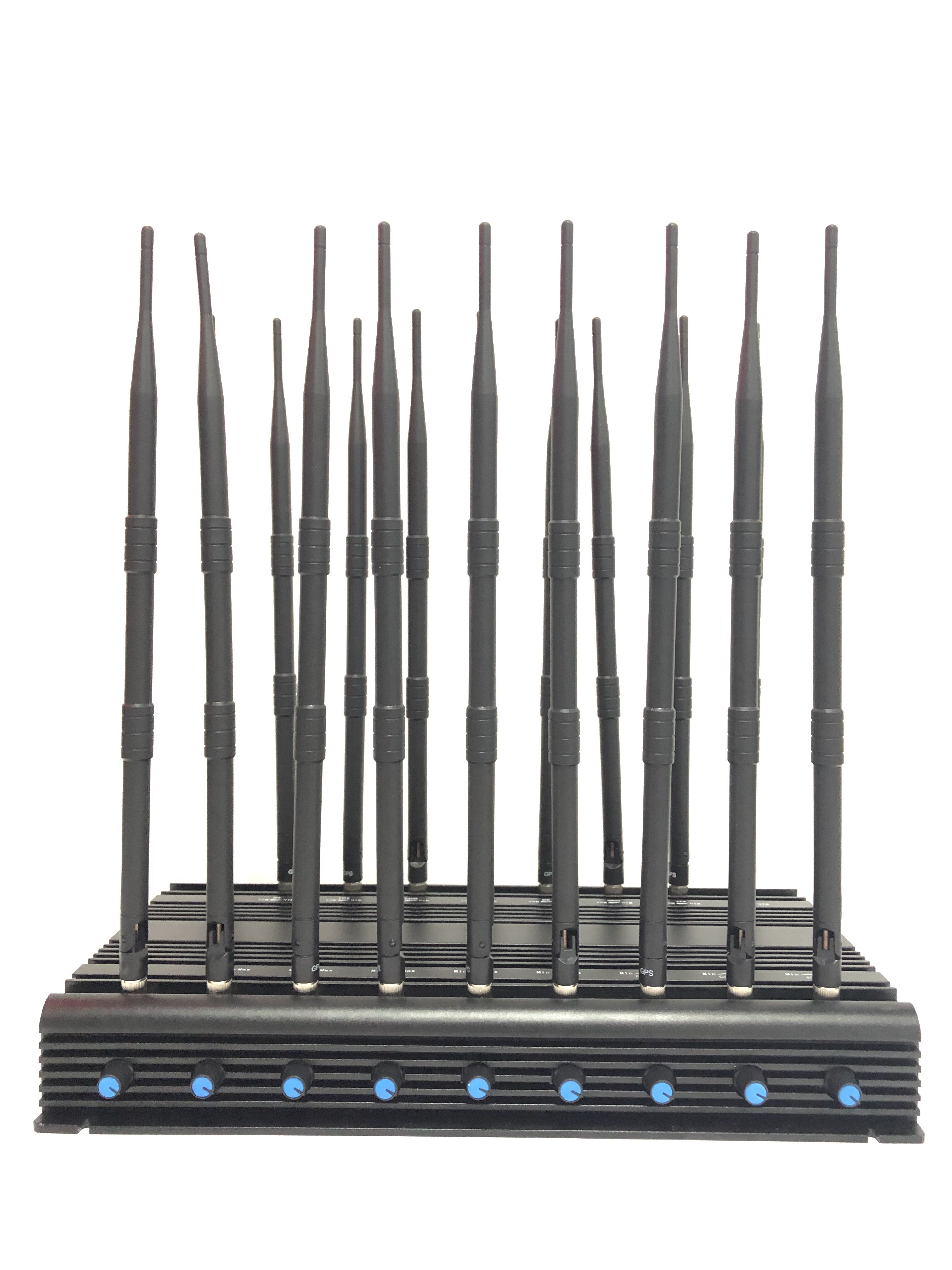The rise of unauthorized drone activities has led to increased demand for effective countermeasures. The drone jammer gun represents a crucial advancement in anti-drone defense technology, offering a non-destructive solution to neutralize potential aerial threats. Understanding how to operate this sophisticated equipment requires proper training, technical knowledge, and adherence to regulatory guidelines.
A drone jammer gun operates by emitting radio frequency signals that disrupt the communication between a drone and its controller. The device typically covers multiple frequency bands, including 2.4GHz and 5.8GHz, which are commonly used for drone operations. Modern drone jammer gun systems also incorporate GPS disruption capabilities to prevent automated flight patterns.
The equipment consists of several key components: the main antenna array, power supply unit, targeting system, and ergonomic grip design. Advanced models feature digital displays showing battery life, selected frequency bands, and effective range indicators.
The effective range of a drone jammer gun varies depending on environmental conditions and the specific model being used. Most professional-grade systems can effectively neutralize drones within 500-1000 meters under optimal conditions. Factors such as weather, physical obstacles, and electromagnetic interference can impact operational range.
Signal strength diminishes with distance, following an inverse square law relationship. Operators must consider this when positioning themselves relative to target drones, ensuring maximum effectiveness while maintaining safe distances.

Before deploying a drone jammer gun, operators must perform comprehensive pre-operation checks. This includes verifying battery charge levels, inspecting antenna connections, and confirming all frequency modules are functioning correctly. The targeting system should be calibrated and tested in a controlled environment.
Environmental assessment is crucial, including scanning for potential signal reflectors or sources of interference. Operators should also verify compliance with local regulations regarding radio frequency transmission and drone countermeasures.
Proper targeting requires a stable stance and correct grip positioning. Operators should maintain a firm but relaxed hold on the drone jammer gun, using the integrated sighting system to track the target drone. Leading the target may be necessary when engaging fast-moving drones, accounting for signal travel time and drone momentum.
Engagement duration typically requires 3-5 seconds of continuous targeting for effective disruption. Operators should maintain target lock until the drone either lands safely or returns to its launch point, depending on its failsafe programming.
Personal safety begins with proper training and equipment familiarization. Operators must wear appropriate personal protective equipment, including eye protection when working in bright conditions. Regular breaks are essential during extended operations to prevent fatigue and maintain targeting accuracy.
Understanding radiation safety is critical. While drone jammer gun systems operate within safe power levels, operators should maintain minimum safe distances and avoid pointing the device at people or sensitive electronic equipment.
Responsible operation includes minimizing potential interference with legitimate radio communications and navigation systems. Operators should coordinate with relevant authorities when operating near sensitive areas such as airports or emergency service facilities.
Documentation of all engagement activities helps maintain operational accountability and supports continuous improvement of techniques and procedures. This includes recording successful interventions, equipment performance, and any unusual occurrences.
Maintaining a drone jammer gun ensures reliable performance and extended service life. Daily maintenance includes cleaning external surfaces, checking connection points, and inspecting antenna elements for damage. Monthly maintenance should include more detailed electronic systems checks and software updates where applicable.
Battery maintenance is particularly crucial. Regular charging cycles and proper storage conditions help maintain battery capacity and reliability. Operators should keep detailed maintenance logs and follow manufacturer-specified service intervals.
Understanding common operational issues enables quick resolution and minimal downtime. Signal interference problems often result from damaged antenna elements or loose connections. Range reduction may indicate battery performance issues or the need for system recalibration.
Operators should develop familiarity with basic troubleshooting procedures and maintain contact with technical support resources for more complex issues. Having backup systems or components available ensures operational continuity.
The legal status varies by jurisdiction. Many countries restrict the use of drone jammer guns to authorized personnel such as law enforcement and security professionals. Operators must obtain necessary permits and comply with local regulations regarding radio frequency transmission and drone countermeasures.
Weather conditions can significantly impact performance. Rain and humidity may reduce effective range and signal strength. High winds can affect targeting accuracy and require compensatory techniques. Extreme temperatures may affect battery life and electronic system reliability.
Professional operation requires comprehensive training covering technical aspects, safety procedures, legal requirements, and practical handling skills. Most manufacturers provide initial training programs, and many organizations require periodic recertification to maintain operational status.